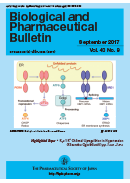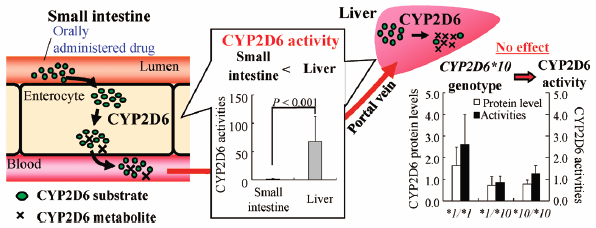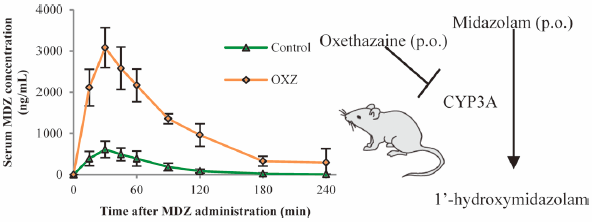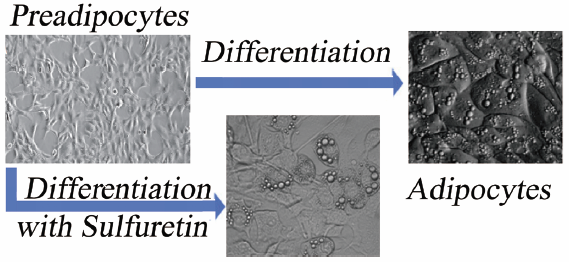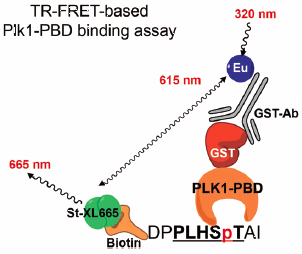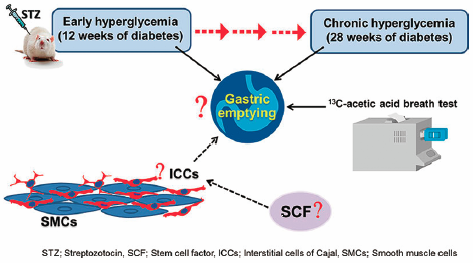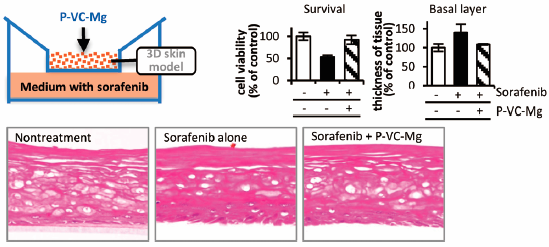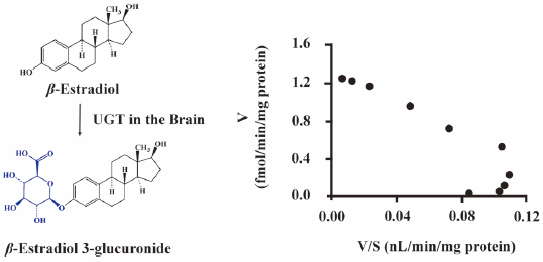Volume 40, Issue 9
Displaying 1-39 of 39 articles from this issue
- |<
- <
- 1
- >
- >|
Review
-
2017Volume 40Issue 9 Pages 1337-1343
Published: September 01, 2017
Released on J-STAGE: September 01, 2017
Download PDF (1779K) Full view HTML
Regular Articles
-
2017Volume 40Issue 9 Pages 1344-1351
Published: September 01, 2017
Released on J-STAGE: September 01, 2017
Advance online publication: June 14, 2017Download PDF (4390K) Full view HTML -
2017Volume 40Issue 9 Pages 1352-1360
Published: September 01, 2017
Released on J-STAGE: September 01, 2017
Download PDF (7586K) Full view HTML -
2017Volume 40Issue 9 Pages 1361-1365
Published: September 01, 2017
Released on J-STAGE: September 01, 2017
Download PDF (424K) Full view HTML -
2017Volume 40Issue 9 Pages 1366-1373
Published: September 01, 2017
Released on J-STAGE: September 01, 2017
Advance online publication: June 03, 2017Download PDF (4243K) Full view HTML -
2017Volume 40Issue 9 Pages 1374-1380
Published: September 01, 2017
Released on J-STAGE: September 01, 2017
Advance online publication: June 24, 2017Download PDF (913K) Full view HTML -
2017Volume 40Issue 9 Pages 1381-1388
Published: September 01, 2017
Released on J-STAGE: September 01, 2017
Download PDF (2491K) Full view HTML -
2017Volume 40Issue 9 Pages 1389-1398
Published: September 01, 2017
Released on J-STAGE: September 01, 2017
Advance online publication: June 03, 2017Download PDF (440K) Full view HTML -
2017Volume 40Issue 9 Pages 1399-1408
Published: September 01, 2017
Released on J-STAGE: September 01, 2017
Advance online publication: June 17, 2017Download PDF (3509K) Full view HTML -
2017Volume 40Issue 9 Pages 1409-1415
Published: September 01, 2017
Released on J-STAGE: September 01, 2017
Download PDF (860K) Full view HTML -
2017Volume 40Issue 9 Pages 1416-1422
Published: September 01, 2017
Released on J-STAGE: September 01, 2017
Download PDF (1439K) Full view HTML -
2017Volume 40Issue 9 Pages 1423-1431
Published: September 01, 2017
Released on J-STAGE: September 01, 2017
Download PDF (4808K) Full view HTML -
2017Volume 40Issue 9 Pages 1432-1438
Published: September 01, 2017
Released on J-STAGE: September 01, 2017
Advance online publication: June 14, 2017Download PDF (3392K) Full view HTML -
Short Chain Fatty Acid Acetate Protects against Ethanol-Induced Acute Gastric Mucosal Lesion in Mice2017Volume 40Issue 9 Pages 1439-1446
Published: September 01, 2017
Released on J-STAGE: September 01, 2017
Download PDF (3401K) Full view HTML -
2017Volume 40Issue 9 Pages 1447-1453
Published: September 01, 2017
Released on J-STAGE: September 01, 2017
Download PDF (655K) Full view HTML -
2017Volume 40Issue 9 Pages 1454-1462
Published: September 01, 2017
Released on J-STAGE: September 01, 2017
Download PDF (1119K) Full view HTML -
2017Volume 40Issue 9 Pages 1463-1467
Published: September 01, 2017
Released on J-STAGE: September 01, 2017
Download PDF (333K) Full view HTML -
 2017Volume 40Issue 9 Pages 1468-1474
2017Volume 40Issue 9 Pages 1468-1474
Published: September 01, 2017
Released on J-STAGE: September 01, 2017
Editor's pickSalt-sensitive hypertension induces renal injury via decreased blood flow in the renal artery. Voltage-gated, delayed-rectifier K+ (KV) channels play key roles in the regulation of vascular tone, and their dysfunction in arterial myocytes may be involved in the higher vascular resistance. In their report, Ogiwara et al. described that there is a large contribution of KV2.1 to the resting tension maintenance of renal artery in Dahl salt-sensitive hypertensive rats and suggested the up-regulation of the KV2.1 channel in renal artery might be involved in the compensatory mechanisms against decreased renal blood flow in salt-sensitive hypertension.
Download PDF (707K) Full view HTML -
2017Volume 40Issue 9 Pages 1475-1482
Published: September 01, 2017
Released on J-STAGE: September 01, 2017
Advance online publication: June 08, 2017Download PDF (753K) Full view HTML -
2017Volume 40Issue 9 Pages 1483-1489
Published: September 01, 2017
Released on J-STAGE: September 01, 2017
Download PDF (1873K) Full view HTML -
2017Volume 40Issue 9 Pages 1490-1498
Published: September 01, 2017
Released on J-STAGE: September 01, 2017
Advance online publication: June 22, 2017Download PDF (1751K) Full view HTML -
2017Volume 40Issue 9 Pages 1499-1505
Published: September 01, 2017
Released on J-STAGE: September 01, 2017
Download PDF (388K) Full view HTML -
2017Volume 40Issue 9 Pages 1506-1514
Published: September 01, 2017
Released on J-STAGE: September 01, 2017
Download PDF (5182K) Full view HTML -
2017Volume 40Issue 9 Pages 1515-1524
Published: September 01, 2017
Released on J-STAGE: September 01, 2017
Download PDF (797K) Full view HTML -
2017Volume 40Issue 9 Pages 1525-1529
Published: September 01, 2017
Released on J-STAGE: September 01, 2017
Advance online publication: June 09, 2017Download PDF (463K) Full view HTML -
2017Volume 40Issue 9 Pages 1530-1536
Published: September 01, 2017
Released on J-STAGE: September 01, 2017
Download PDF (2740K) Full view HTML -
2017Volume 40Issue 9 Pages 1537-1543
Published: September 01, 2017
Released on J-STAGE: September 01, 2017
Advance online publication: June 28, 2017Download PDF (1044K) Full view HTML
Notes
-
2017Volume 40Issue 9 Pages 1544-1550
Published: September 01, 2017
Released on J-STAGE: September 01, 2017
Download PDF (709K) Full view HTML -
2017Volume 40Issue 9 Pages 1551-1555
Published: September 01, 2017
Released on J-STAGE: September 01, 2017
Download PDF (2800K) Full view HTML -
2017Volume 40Issue 9 Pages 1556-1560
Published: September 01, 2017
Released on J-STAGE: September 01, 2017
Download PDF (517K) Full view HTML -
2017Volume 40Issue 9 Pages 1561-1565
Published: September 01, 2017
Released on J-STAGE: September 01, 2017
Download PDF (773K) Full view HTML -
2017Volume 40Issue 9 Pages 1566-1571
Published: September 01, 2017
Released on J-STAGE: September 01, 2017
Download PDF (561K) Full view HTML -
2017Volume 40Issue 9 Pages 1572-1575
Published: September 01, 2017
Released on J-STAGE: September 01, 2017
Download PDF (776K) Full view HTML -
2017Volume 40Issue 9 Pages 1576-1580
Published: September 01, 2017
Released on J-STAGE: September 01, 2017
Download PDF (246K) Full view HTML -
2017Volume 40Issue 9 Pages 1581-1585
Published: September 01, 2017
Released on J-STAGE: September 01, 2017
Download PDF (351K) Full view HTML -
2017Volume 40Issue 9 Pages 1586-1589
Published: September 01, 2017
Released on J-STAGE: September 01, 2017
Download PDF (1491K) Full view HTML -
2017Volume 40Issue 9 Pages 1590-1594
Published: September 01, 2017
Released on J-STAGE: September 01, 2017
Download PDF (4045K) Full view HTML -
2017Volume 40Issue 9 Pages 1595-1598
Published: September 01, 2017
Released on J-STAGE: September 01, 2017
Download PDF (672K) Full view HTML -
2017Volume 40Issue 9 Pages 1599-1603
Published: September 01, 2017
Released on J-STAGE: September 01, 2017
Download PDF (523K) Full view HTML
- |<
- <
- 1
- >
- >|
